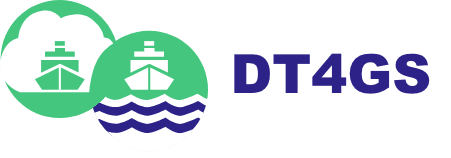DANAOS partner progresses on the DT4GS Model Blueprints and Open Model Library!
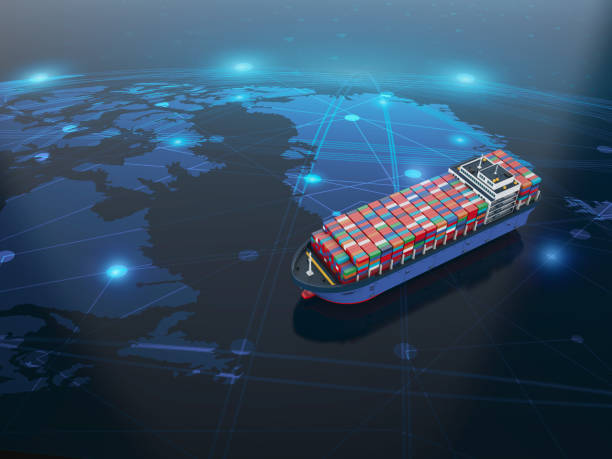
DANAOS presented a holistic approach involving a variety of multidisciplinary frameworks that will facilitate the employment of a core module of the broader DT4GS framework, namely the OML (Open Model Library). More specifically DAN experimented with a set of steaming tools that aim to largely simplify and automate the way the various models and their […]
A progress report on Ship and company specific DT configuration and Deployment support services by DANAOS partner!
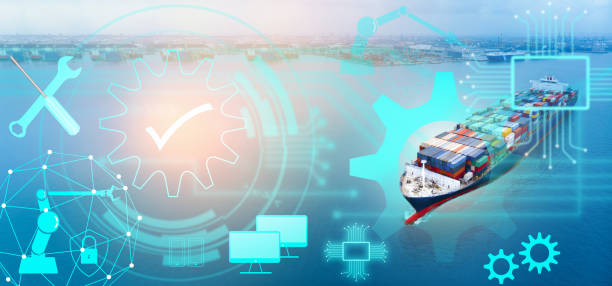
For the task T3.2, DANAOS specified requirements from the four LLs (use cases involving phase one of the decarbonization roadmap-operational optimization, data acquisition systems, etc). The requirements and specifications gathered from the LLs defined a preliminary architectural overview of the DT configuration and deployment support services framework. The envisaged framework will assist shipowners to achieve […]
Progress on the LL4 STARBULK Bulkers-centric DT

In the context of DT4GS, Starbulk selected one of their big size vessels, the m/v Maharaj, being a Newcastlemax-size vessel with cargo capacity of about 210,000 mtons. Starbulk has managed to install onboard Maharaj a high frequency data collection system, named VPM. The VPM system is consisted of: In addition to the “engine room data”, […]
A progress report on the Application of Digital Twins in the design and production of green autonomous vessels
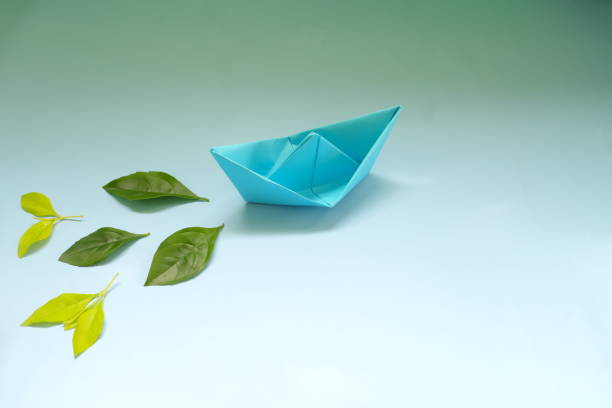
This task delivered V1.0 of the design method in June 2023 to the task partners. Some of the partners have already provided feedback on the design method. This design method is also the basis of the e-book chapter submitted as part of this project. In addition, a revised version of the design method, with additional […]
Comprehensive DT-enabled design methodology for zero emission shipping
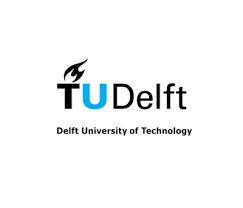
This task aims to deliver a comprehensive comprehensive DT-enabled design methodology for zero emission shipping that integrates the new methods and models proposed in the project both for retrofit and new builds. The focus will be on the definition of KPIs orienting the design choices and manufacturing processes. To achieve this task, this task will […]
